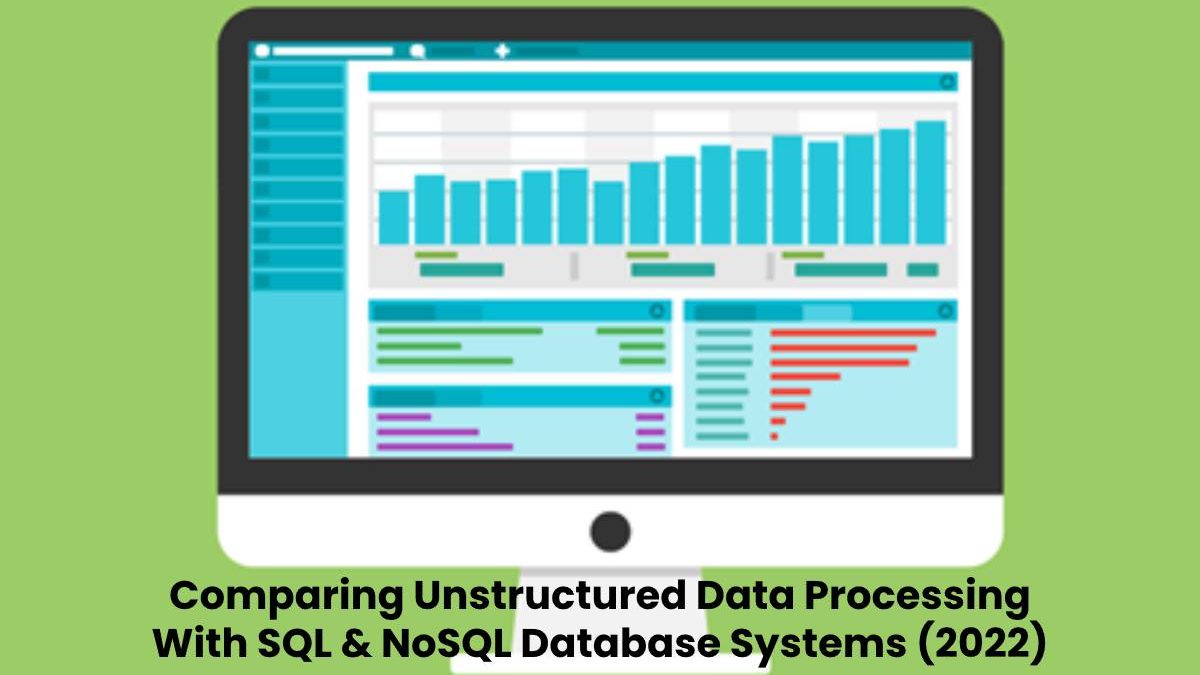To run a smooth business operation, enterprises must be equipped with the right data management processes which can provide appropriate data silos and optimize data quality for easy navigation. A firm collecting user data, deploying ever-large data systems, and other analytical information needs to store, organize, and manage all the data in order to access, share or update it across the organization in a secure manner. The easiest way to do so would be using a database with a core data management function that offers a centralized view of gathered data.
Relational database management systems (RDMS) cannot manage large amounts of data efficiently, which is why NoSQL database systems have been created. RDMS not only have limited capacity but are also expensive, and their schema is not that flexible. We have created a useful guide below to help you understand the type of database system you should choose.
Table of Contents
Types Of Data
1. Structured Data
This data type is predefined and formatted to fit a structure and easily molds into a predefined data model. This data is also always detailed, factual, and organized in the form of tables and rows. This data can be easily modified and read by using relational databases.
Structured data is easily understood, so even people that don’t have advanced knowledge can extract this data to use it. Moreover, structured data has been there for ages, so you get the ease to experiment with many different tools while using it. Barcodes and ZIP codes are primary examples of structured data.
2. Unstructured Data
Unstructured data is the type that has not been modified or fit into predefined models, it exists in its native form. This data is tough to maintain and store, also it can’t be presented in the form of a data model or schema. You can’t easily modify, analyze, or search for something within unstructured data easily.
These data don’t have any structure and usually have various formats, so they can only be altered and modified using a NoSQL database.
Structured Vs. Unstructured Data
- Structured data isn’t flexible because it is fitted into a schema, whereas unstructured data is not bounded by schema, so they are flexible.
- Structured data is fitted in particular data models, so this is enough to make the text heavy. But this also has the advantage of quickly reading and searching data in structured data.
- Unstructured data is ambiguous and has a broad range of texts, images, videos, etc., but all these different formats can be hard to interpret.
- Structured data is simple and follows a defined data model, so it is kept in data warehouses. Unstructured data is housed in different places, like email servers.

Database Management System
It helps you handle various data types in a database, and you can use a database engine to enable data to be accessed, modified, and locked. Another component of a database version control system is that a schema can help you understand the logical structure of a database.
There are two management systems that are used to manage, and create or delete data:
1. SQL Database Management System
This decentralized database system helps you easily store, search, read and delete data. It uses SQL language to run queries and extract data. You can see data handled using tables. Two or more tables in this database are related to each other and can be associated with naming these systems as relational databases.
2. NoSQL Database Management System
If you are dealing with large amounts of data that don’t have one data model, then using non-relational databases is the best option. These databases are NoSQL because they can store and retrieve unstructured data without SQL. NoSQL stores information in JSON instead of doing so in rows and columns.
NoSQL databases don’t arrange data in the form of tables; you can find many documents in these databases. There are files, folders, images, sound, and videos in NoSQL.
SQL Vs. NoSQL Databases
1. Scalability
SQL management systems can increase their capacity by adding more memory like CPU, SSD, and RAM to one server; this type of data scaling is referred to as vertical scaling. NoSQL, however, can add new servers to the parent servers, known as horizontal scaling. These databases can handle more extensive data because of this ability.
2. Data Queries
SQL systems utilize only one language and deal with structured data, which can imply it is easier to deal with even for team members with little knowledge.
NoSQL is a bit more complex. It doesn’t deal with one language, so you must work with a developer on data queries.
3. Performance
RDMS are built to work on extensive data, so to accommodate more data, you need to buy a larger server, which isn’t feasible for everyone. However, with NoSQL, you must add new servers to deal with more extensive data.
Conclusion
If you are choosing between the two databases for your company, the simple way to do so is to focus on the kind of data you are using. SQL databases are suitable for you if you use structured data in small volumes. At the same time, SQL won’t be a great choice when dealing with enormous volumes of data with no structure. But instead of choosing between the two databases, there is always a possibility of using them together.

